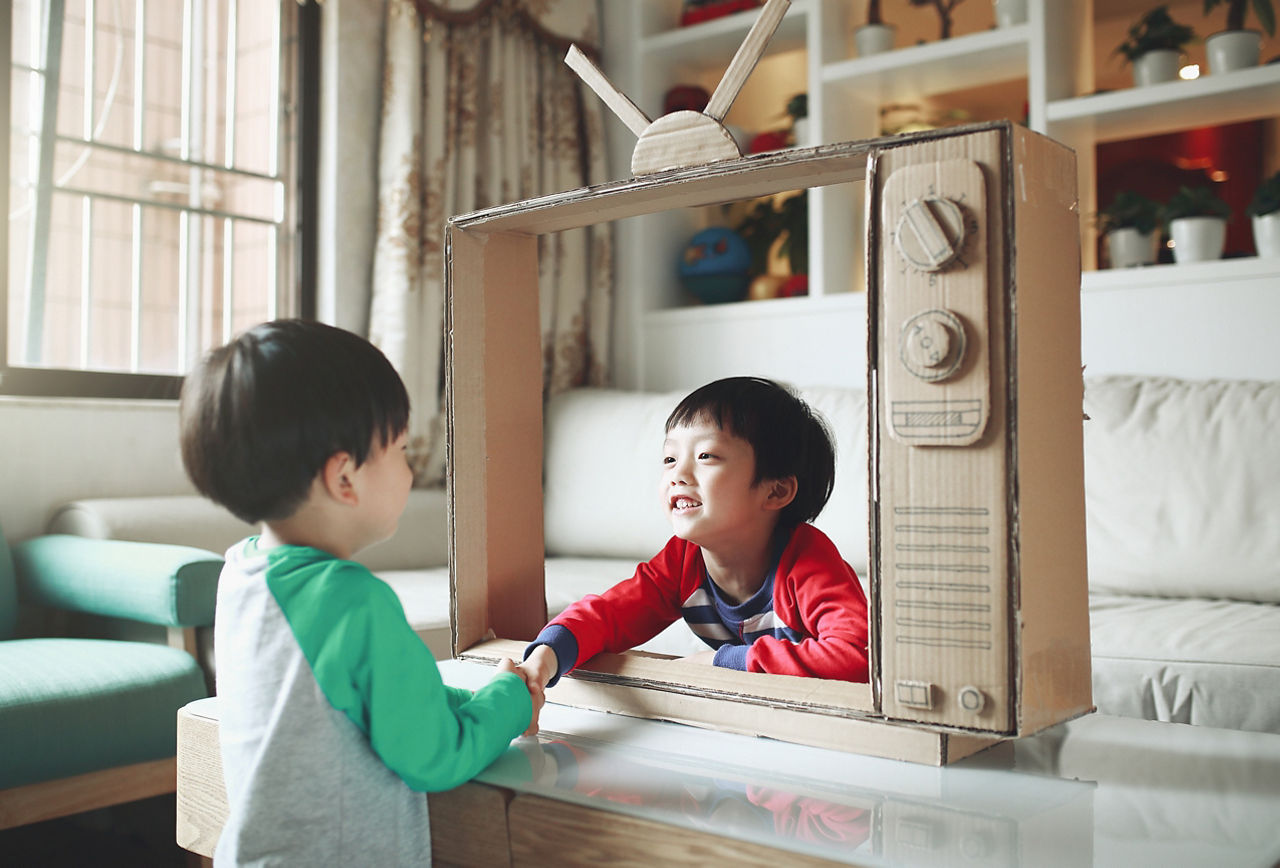Resilience and why it matters
Like the analogy of a ship weathering a storm, resilience is a learnt ability to keep an even keel despite the conditions. This self-reliance turns obstacles into opportunities; it prepares children for future challenges like competitions, job interviews, exams and disappointments.
In more straight forward terms, resilience is the quality of being able to achieve a good outcome in the face of adversity. Dr Jack Shonkoff, from the Center on the Developing Child at Harvard University, describes this as “the kinds of capacities, skills and abilities, that give people a sense of mastery and management of difficulty.”
The effects of early life experiences last a lifetime and can help build resilience and influence development and function of all organ systems. But it’s not just immunity and the physical where resilience matters; resilience is multi-dimensional. Emotional resilience arms us to succeed and thrive mentally, creative resilience allows us to problem solve better, and social resilience gives us a strong foundation for social interactions.
Dr. Megan R Gunnar, of the Institute of Child Development at the University of Minnesota, says, “We care about resilience for the same reason that we care about promoting healthy development, because in many respects it is the same.
“We are interested in promoting resilience in children, so that despite the odds, more and more children grow up to be productive citizens.”
For young children, who are mostly reliant on external environments to shape and change the brain – as their internal thoughts and intentions are not developed yet – exposing them to new experiences, feelings and environments is critical.
In these scenarios, learning how to cope and overcome “manageable threats” is essential for developing resilience. Harvard University’s Center on the Developing Child goes on to say:
“Not all stress is harmful. There are numerous opportunities in every child’s life to experience manageable stress – and with the help of supportive adults, this ‘positive stress’ can be growth-promoting. Over time, we become better able to cope with life’s obstacles and hardships, both physically and mentally.”
Becoming a master of their emotions and social situations




